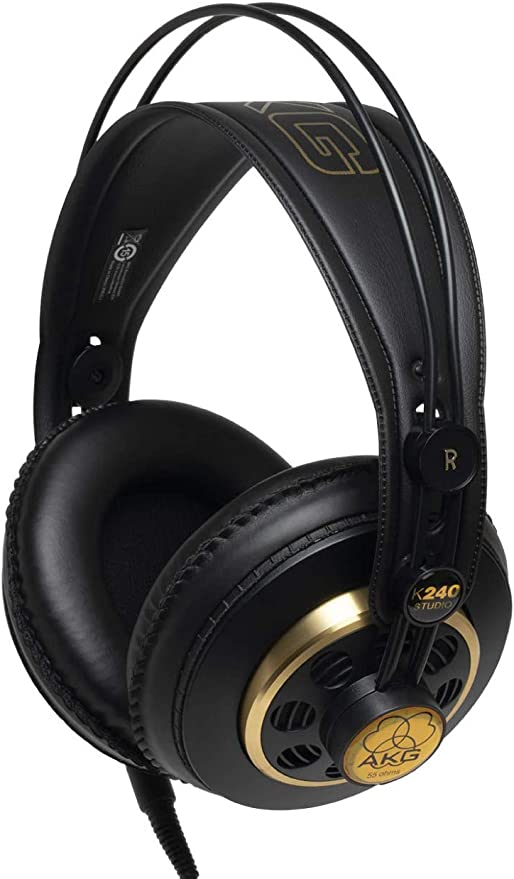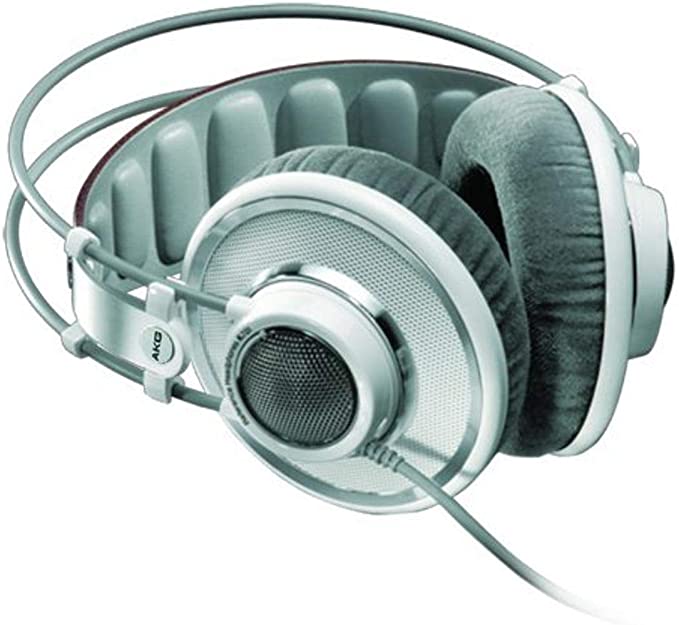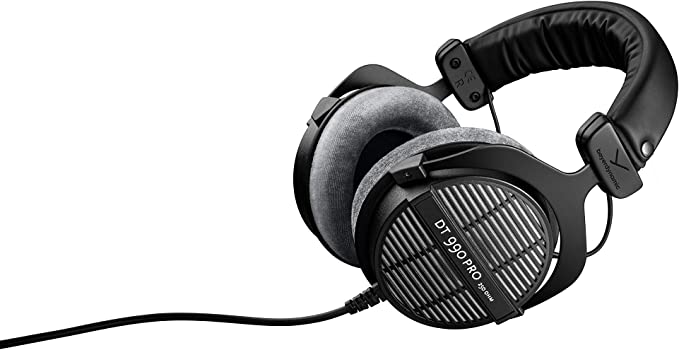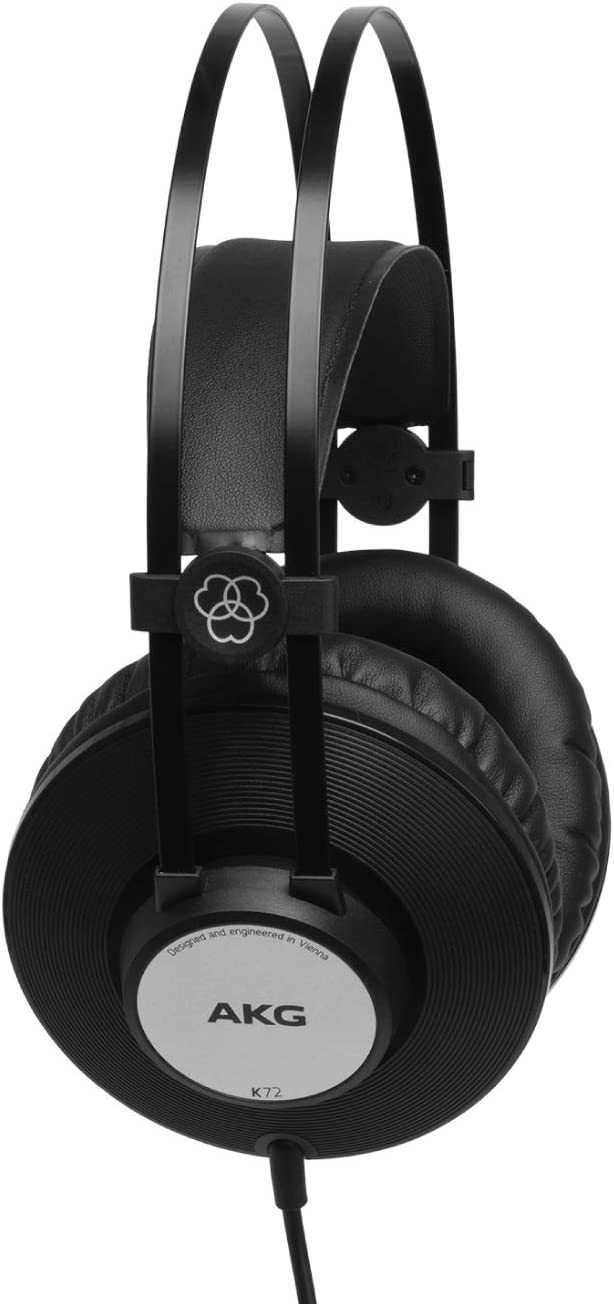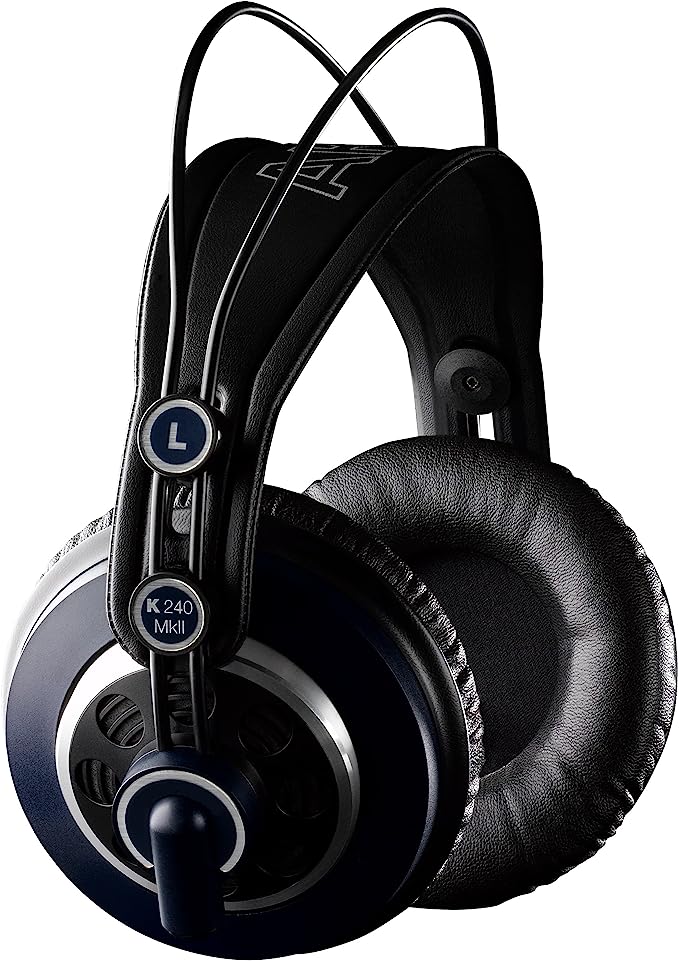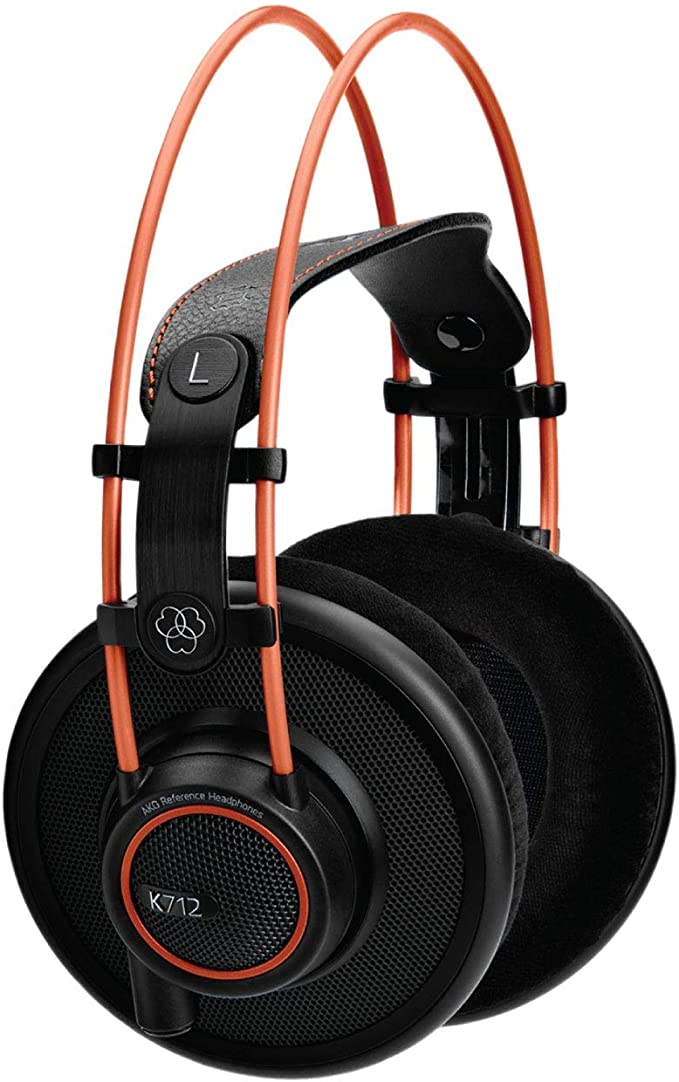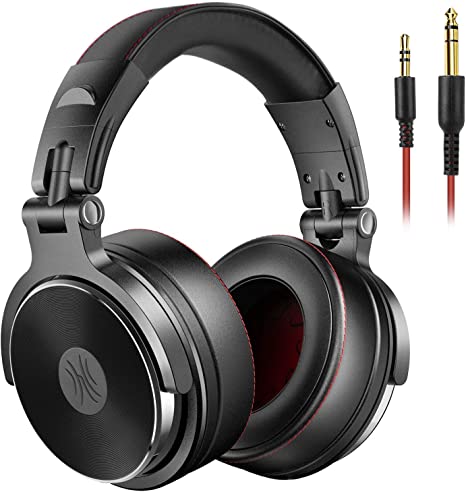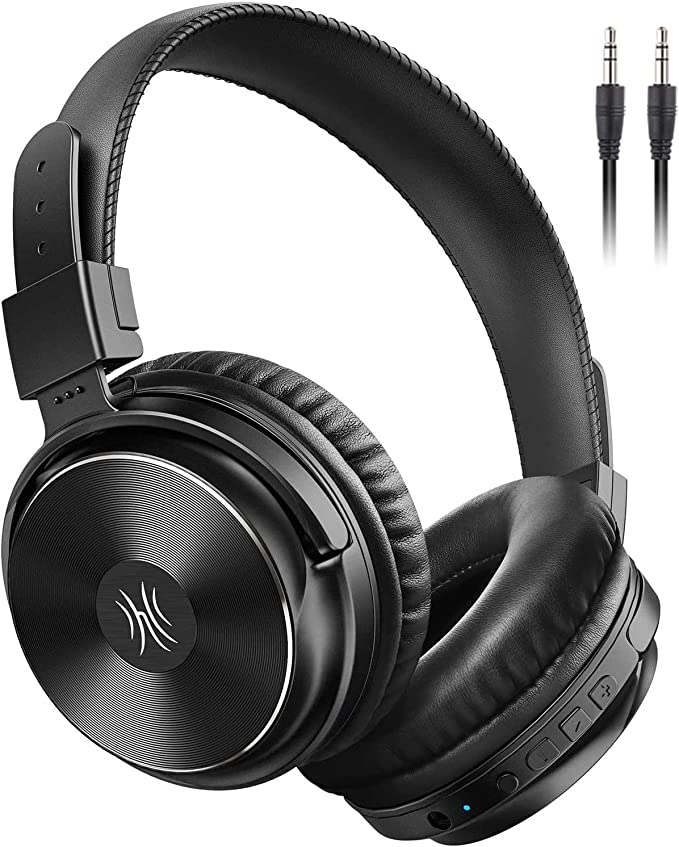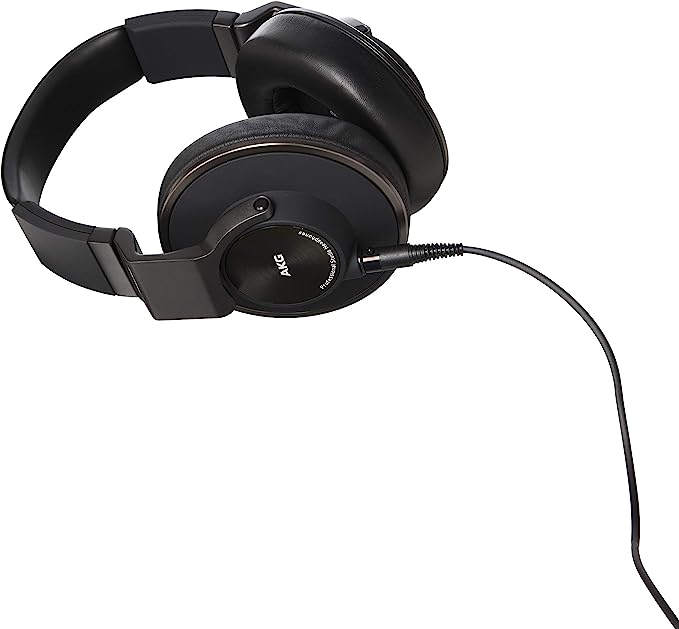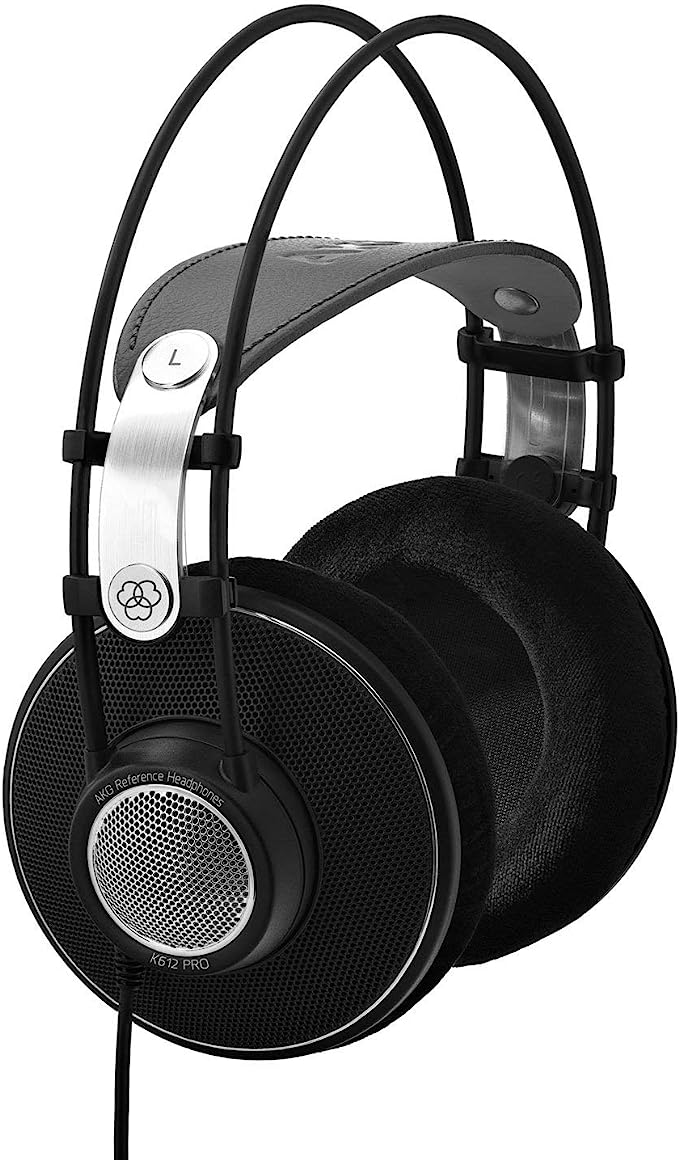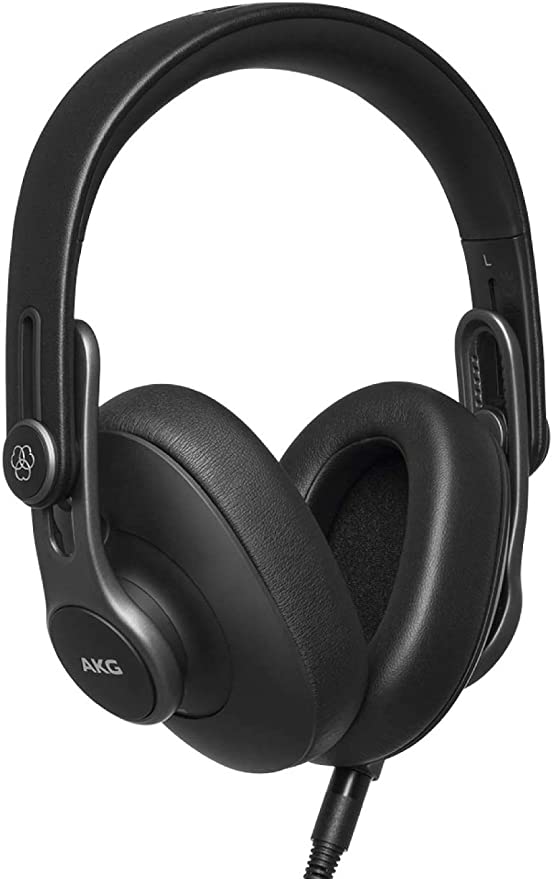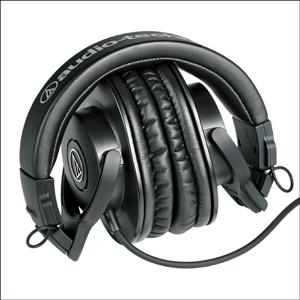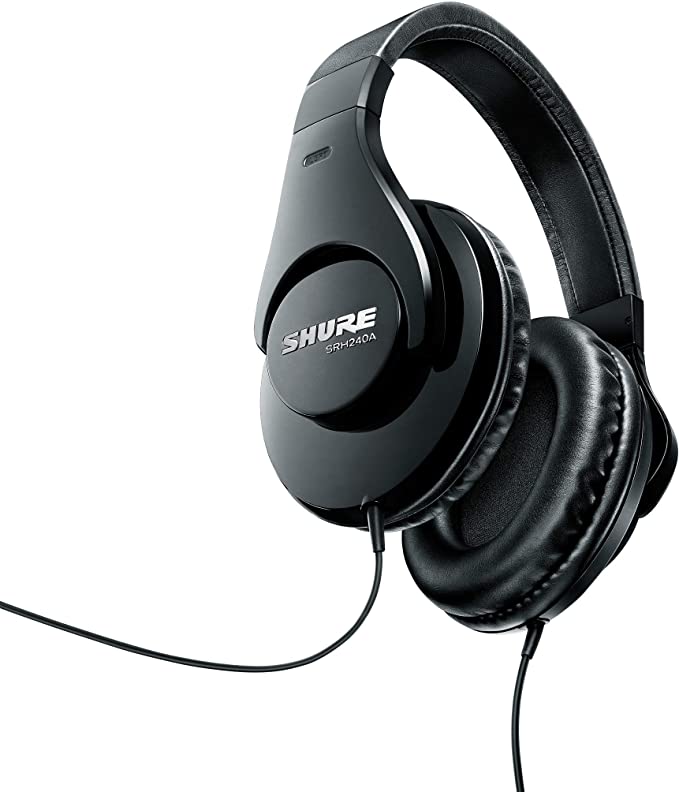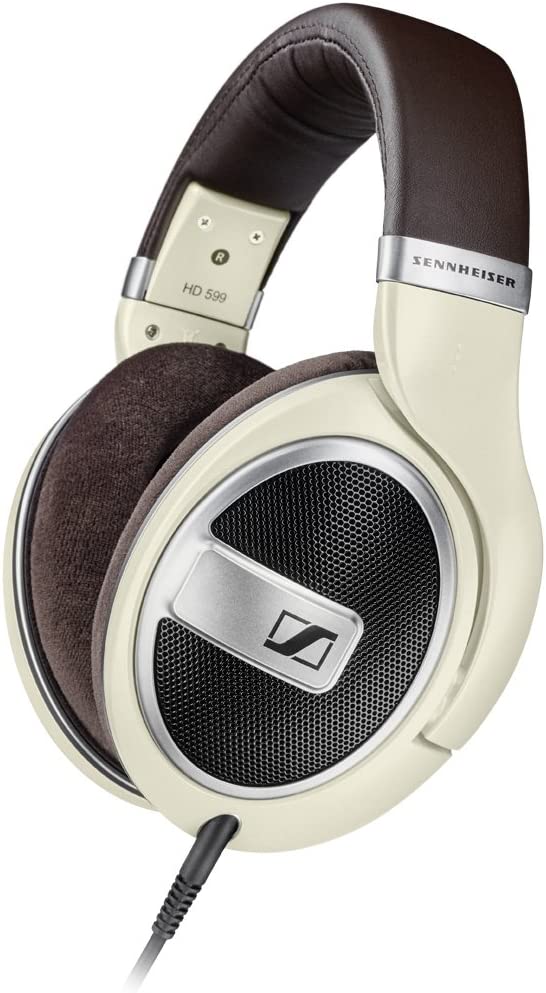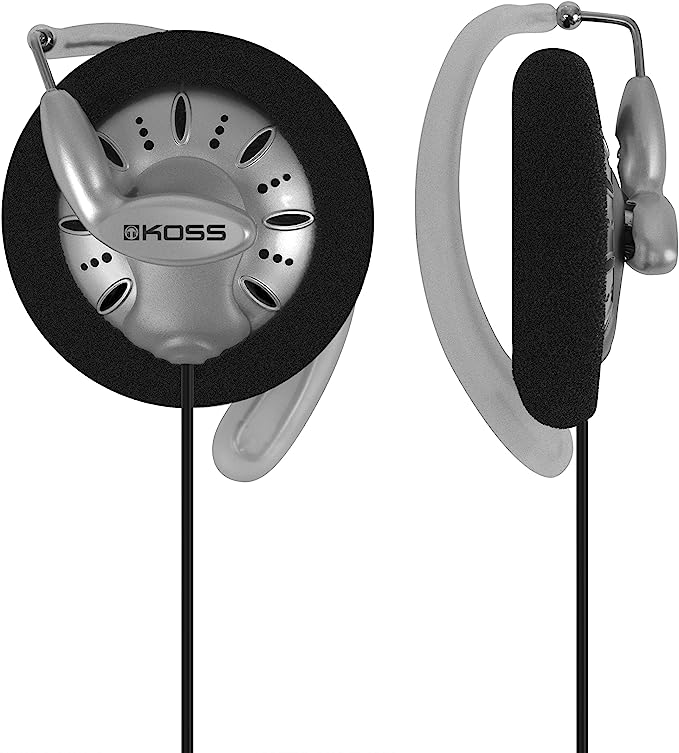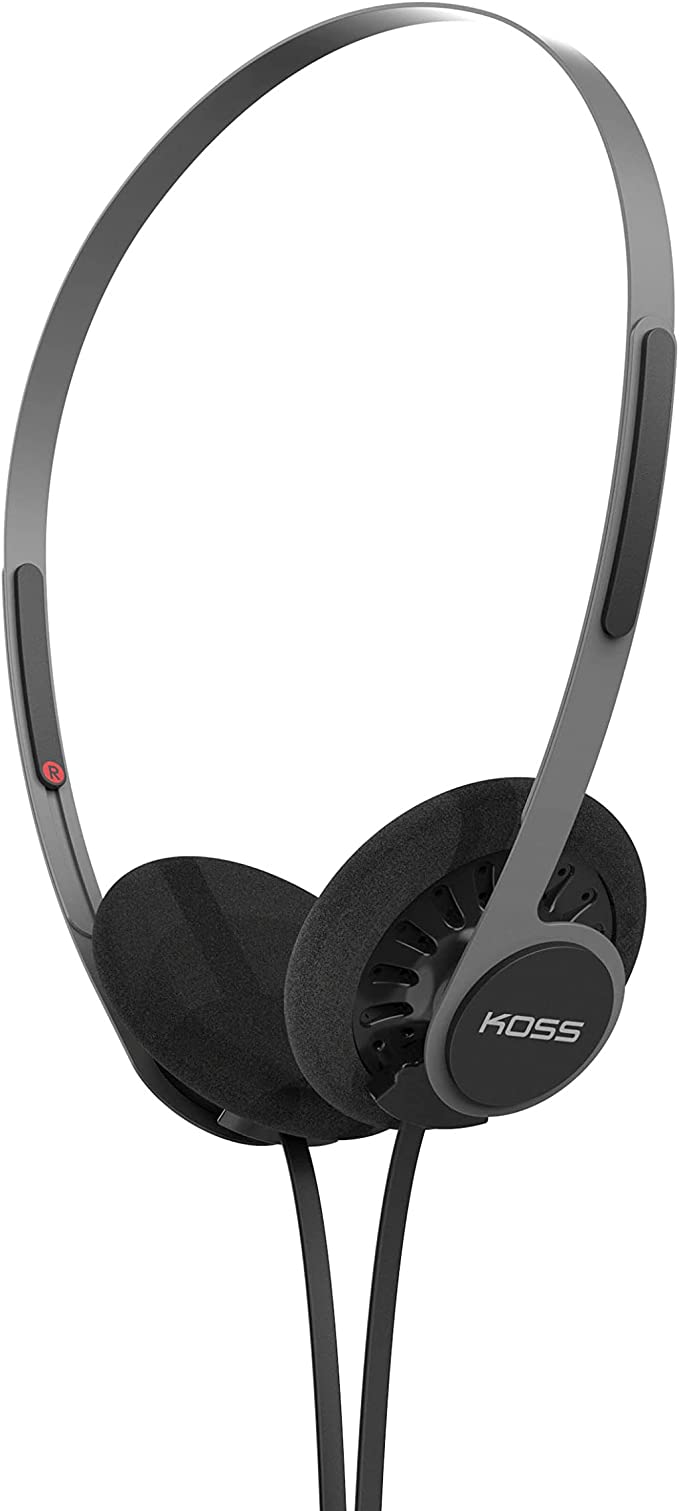OneOdio Monitor 80: Unveiling the Truth in Sound with Open-Back Headphones
Update on Feb. 19, 2025, 7:03 a.m.
The pursuit of perfect sound is a relentless journey for audio professionals. Whether mixing a multi-layered orchestral piece or mastering a delicate vocal track, the ability to hear exactly what’s happening in a recording is paramount. Every subtle nuance, every spatial placement, every frequency interaction must be discernible. Yet, this seemingly simple requirement – accurate audio reproduction – presents a significant challenge. Traditional closed-back headphones, while offering excellent isolation, often fall short in delivering the sonic truth. This is where the world of open-back headphones, and specifically the OneOdio Monitor 80, enters the picture.

Closed-Back vs. Open-Back: A Tale of Two Designs
Imagine listening to music in a small, sealed room. The sound waves bounce off the walls, creating reflections and resonances that color the original sound. This is analogous to what happens inside a closed-back headphone. While the sealed earcups prevent sound leakage and provide isolation from external noise, they also trap sound waves, leading to an artificially boosted bass response and a constricted soundstage. The perceived location of instruments and vocals can feel confined and unnatural.
Now, imagine the same music playing in an open-air concert hall. The sound waves propagate freely, interacting with the environment in a more natural way. This is the essence of open-back headphones. By incorporating openings in the earcups, typically in the form of a grille or mesh, open-back designs allow sound waves to travel in both directions. This fundamental difference has profound implications for the listening experience.
Unlocking the Soundstage: The Physics of Open-Back Headphones
The magic of open-back headphones lies in their ability to create a more realistic and expansive soundstage. Soundstage, in audio terms, refers to the perceived width, depth, and height of the sonic image. It’s the ability to “place” instruments and vocals within a virtual space, mimicking the experience of listening to live music.
Several acoustic principles contribute to this effect. First, the free movement of sound waves reduces the build-up of pressure inside the earcup. This minimizes unwanted resonances – frequencies that are artificially amplified due to the enclosed space. Second, the interaction of sound waves with the environment outside the earcup creates a more natural sense of ambience and spaciousness.
Furthermore, open-back designs often exhibit a flatter frequency response. Frequency response refers to a headphone’s ability to reproduce all frequencies (from low bass to high treble) at equal loudness. A flat frequency response is desirable for critical listening because it ensures that no particular frequency range is exaggerated or diminished, allowing for accurate monitoring of the audio signal.
Finally, open back design can impact a headphone’s transient response. Transient response describes a headphone’s responsiveness to rapid changes of audio signals.

Enter the OneOdio Monitor 80: Precision Engineering for Professionals
The OneOdio Monitor 80 is an open-back headphone designed specifically to meet the demands of professional audio work. It embodies the principles of open-back design while incorporating features that further enhance its accuracy and performance. Let’s examine these features in detail:
 * 250-Ohm Impedance: The Foundation of Control: Impedance, measured in ohms (Ω), is a measure of a headphone’s resistance to an electrical signal. While it might seem counterintuitive, higher impedance is often beneficial for professional studio headphones. A 250-ohm impedance, as found in the Monitor 80, allows for greater damping of the headphone driver. Damping refers to the control of the driver’s movement after the electrical signal ceases. Greater damping means the driver stops moving more quickly, preventing unwanted vibrations and distortions. This translates to a tighter, more accurate bass response, improved clarity, and a more faithful reproduction of the original audio signal. It also reduces the headphone’s sensitivity to variations in the output impedance of different audio sources, leading to a more consistent sound across various devices (though a dedicated amplifier is still essential).
* 250-Ohm Impedance: The Foundation of Control: Impedance, measured in ohms (Ω), is a measure of a headphone’s resistance to an electrical signal. While it might seem counterintuitive, higher impedance is often beneficial for professional studio headphones. A 250-ohm impedance, as found in the Monitor 80, allows for greater damping of the headphone driver. Damping refers to the control of the driver’s movement after the electrical signal ceases. Greater damping means the driver stops moving more quickly, preventing unwanted vibrations and distortions. This translates to a tighter, more accurate bass response, improved clarity, and a more faithful reproduction of the original audio signal. It also reduces the headphone’s sensitivity to variations in the output impedance of different audio sources, leading to a more consistent sound across various devices (though a dedicated amplifier is still essential).
-
40mm Drivers and High-Precision Diaphragms: The Engine of Sound: The 40mm drivers in the Monitor 80 are the heart of the headphone, responsible for converting electrical signals into sound waves. The size of the driver is a significant factor; 40mm is generally considered a good balance, providing sufficient surface area for powerful bass response without sacrificing detail in the mid and high frequencies. OneOdio emphasizes the use of “high-precision etched diaphragms.” While the exact manufacturing process isn’t detailed, this likely refers to a technique that ensures the diaphragm (the thin membrane that vibrates to create sound) is extremely uniform and consistent, minimizing distortions and maximizing accuracy.
-
Open-Back Design (Honeycomb Mesh): The Gateway to Natural Sound: The Monitor 80’s open-back design, featuring an aluminum honeycomb mesh, is crucial to its natural and spacious soundstage. The honeycomb structure provides an optimal balance between openness (for sound wave propagation) and structural rigidity (to minimize unwanted vibrations). This design choice allows for the free flow of sound, minimizing the colorations and resonances that often plague closed-back headphones.
-
Velour Earpads: Comfort Meets Acoustics: The choice of velour for the earpads is not merely a matter of comfort (although it certainly contributes to that). Velour, being a soft, breathable fabric, allows for better airflow compared to leather or pleather. This further enhances the openness of the headphone and minimizes sound reflections within the earcup, contributing to a cleaner, more natural sound. The plushness also ensures comfort during extended mixing or mastering sessions.
-
Detachable Cables: Practicality and Versatility: The inclusion of two detachable cables (a 3.5mm to 3.5mm cable and a 3.5mm to 6.35mm coiled cable) is a practical consideration for professional use. Detachable cables allow for easy replacement if a cable is damaged, and they also offer the possibility of upgrading to higher-quality cables for potentially improved signal transmission.
A Historical Perspective: The Evolution of Open-Back Headphones
The concept of open-back headphones isn’t new. Early headphone designs, dating back to the early 20th century, often featured open or semi-open constructions. The focus was on clarity and naturalness of sound, rather than isolation. One of the key milestones was the introduction of the Beyerdynamic DT 48 in 1937, which is sometimes considered the first truly “dynamic” headphone, though it was not truly open-back in the modern sense. The development of high-fidelity audio in the mid-20th century further spurred the development of open-back designs, with companies like Sennheiser and AKG leading the way with models like the Sennheiser HD 414 (released in 1968), considered a landmark in open-back headphone design. These headphones prioritized accurate sound reproduction, paving the way for the professional studio monitors we use today.

Beyond Mixing: Other Applications of the Monitor 80
While the OneOdio Monitor 80 is primarily targeted at mixing and mastering engineers, its benefits extend to other areas. Audiophiles who value a natural, uncolored sound signature will appreciate its accuracy and detail. Critical listening, where the goal is to analyze and evaluate audio recordings, is another ideal application. Even gamers who prioritize positional audio and a wide soundstage can find the Monitor 80 to be a compelling choice, although the lack of isolation might be a drawback in noisy environments.
The Importance of Amplification: Powering the Performance
It’s crucial to reiterate that the OneOdio Monitor 80, with its 250-ohm impedance, requires a dedicated headphone amplifier or a professional audio interface with a sufficiently powerful headphone output. This isn’t a suggestion; it’s a necessity. Underpowering these headphones will result in a significantly compromised listening experience: low volume, weak bass, and a lack of dynamic range.
The reason for this lies in the relationship between impedance, voltage, and current. Higher impedance headphones require a higher voltage to achieve the same loudness level as lower impedance headphones. A standard smartphone or laptop headphone jack typically cannot provide sufficient voltage to drive 250-ohm headphones adequately. A dedicated amplifier, on the other hand, is designed to deliver the necessary power, ensuring that the Monitor 80’s drivers can perform to their full potential. This is what’s called “impedance matching,” and it’s crucial for getting the best possible sound.
Conclusion: The Pursuit of Sonic Excellence
Open-back headphones like the OneOdio Monitor 80 represent a commitment to sonic accuracy and transparency. They offer a window into the true sound of a recording, free from the artificial colorations that can hinder critical listening. While they require careful consideration of amplification and listening environment, the rewards – a natural soundstage, detailed imaging, and a faithful representation of the audio signal – are well worth the effort for audio professionals and discerning listeners alike. The Monitor 80, with its combination of thoughtful design, high-quality components, and accessible price point, provides a compelling entry point into the world of professional open-back monitoring.



